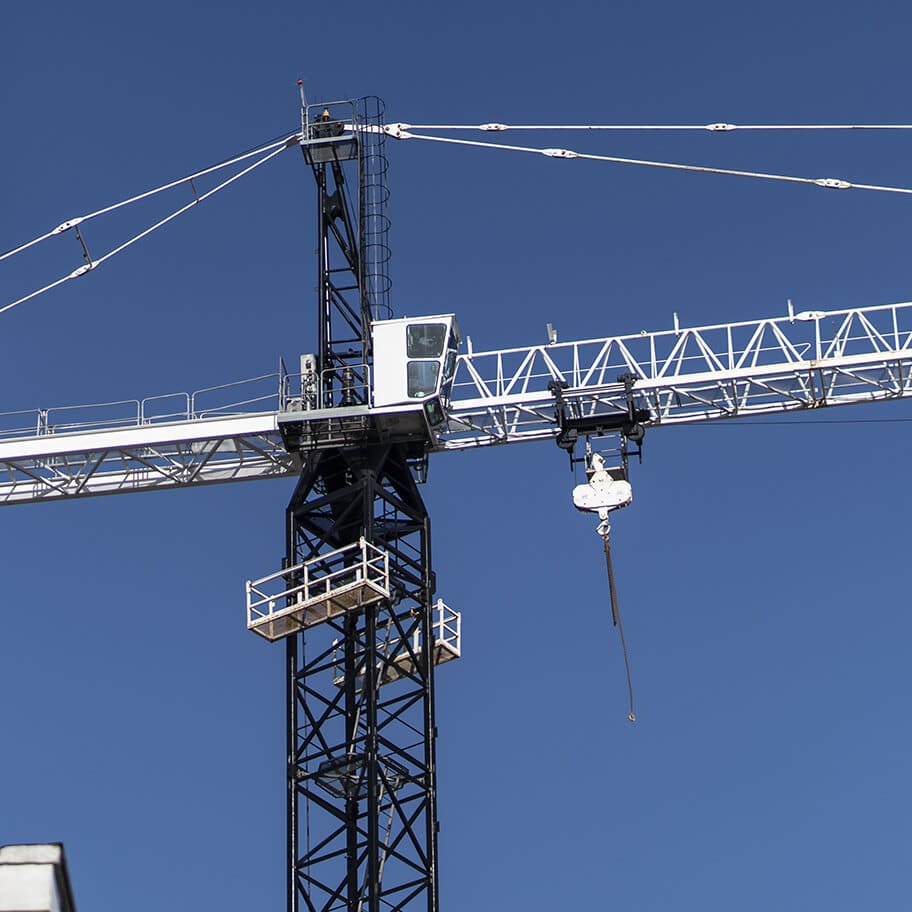Types of Accidents
While there are many different types of crane accidents common accidents happen to people on the ground where they are impacted by falling or swinging objects and also when sustaining an injury while attempting to steady a load that is being lowered to the ground. When up in the higher sections of the crane accidents happen where cranes impact with overhead power lines. Also where faulty equipment causes an accident or miscommunication from the ground up causes an accident.
Liability
An employer may be found liable for the accident. The common reasons are that an employer may have failed to eliminate risks or did not provide the correct training to the operator of the machinery. In order to prove employer negligence it may be necessary to obtain CCTV footage of your accident. Details of all the training you received will help. On top of this photographs of your injuries will assist you too. This helps you to prove liability. If you have any other information or documentation relating to your accident and injuries you should always keep a copy and ensure you tell your solicitor about them. In order to aid the claims process for you.
Common Injuries
Some of the common injuries sustained from a crane accident include:
Causes of Crane Accidents
Cranes are used to move heavy goods from one place to another. With that comes its own set of risks and accidents can be serious. The most common causes of crane accidents are:
- Mechanical faults
- Miscommunication between the ground and the top of the crane
- Objects falling from the crane and striking people below
- Carry objects that are too heavy may cause the crane to tip or move
- Human error may mean that swinging objects may collide with buildings. Or cause objects to fall from the crane.
- Inadequate training and safety procedures. An employer has a duty of care towards their employees. Therefore , part of that duty means that they must ensure that adequate training is provided to people operating these machines.
- Adverse weather conditions making the crane unstable. Heavy or high winds may cause the crane to lose its standing or tip over. Therefore, it makes it more difficult to steady an object that is being lowered to the ground and cause an accident.
- Contact with power lines
- Incorrect assembly
- Mistakes while loading or unloading is a common cause and can lead to crush injuries where a worker’s limb may get trapped causing serious injury.
Employer Responsibility
The Health and Safety Authority of Ireland’s guide to Safety, Health and Welfare at Work Regulations tell us that an employer must ensure that when working with lifting equipment, such as cranes that the following are complied with:
Properly Planned Operations
All lifting operations are properly planned, appropriately supervised and should be carried out in such a way that ensures the safety of the employees. This means that the person planning the operation should have adequate practical and theoretical knowledge and experience in this field of construction. When devising the plans, there must be a proper risk assessment, identification of skills and resources needed, and proper assignment of duties to those needed to ensure the lifting operation is carried out safely.
Lifting Equipment Has Sufficient Strength
The crane used should be able to support the load it will be lifting. To support this, engineering calculations are necessary before cranes are set up and runway beams are attached to the crane.
Appropriate Lifting Equipment is Used
The specifications of the lifting equipment should be checked in terms of frequency of use that the manufacturer has designed it for. For example, lifting equipment that has been designed for occasional use should not be used as the main lift on a construction site where there is a high demand for lifting and moving of objects.
Safety Requirements
According to the HSA, an employer must also ensure the following before any crane is put to use, that it is:
- Plainly marked upon it or within the cab is the safe working load. This must be specific enough to include a safe working load of various radii of the jib, trolley or crab and in cases with a crane with a derricking jib, the maximum radius at which the jib may be worked.
- Fitted with suitable accurate automatic safe working load indicator or rated capacity indicator. These must be properly maintained, correctly used and tested by a competent person after erection, alteration and for the purpose of which the crane has been erected for.
It must also be clearly visible to the driver of the crane and show the driver at all times the radius of the jib, trolley or crab and the safe working load corresponding to that radius unless:
For a guy derrick crane:
- It is a hand crane used for erecting or dismantling other cranes
- It has been assigned, by a competent person, a safe working load of 1000kg or less
What to do after an accident at work*?
Following an accident at work, there are a number of steps you should follow:
-
Seek medical attention
Your health is your wealth and should be your first priority. Immediately after an accident at work, take a second to assess yourself to determine if you have any injuries and seek the relevant medical attention. If you have sustained a serious injury ensure that you contact an ambulance to attend the scene.
For minor injuries, you must remember that minor injuries where you ‘feel fine’ could progress to more serious injuries in the future. In this case it is always better to be safe than sorry and advisable that you go to your nearest accident and emergency (A&E) or local GP to be checked out.
-
Report the accident
It is critical to report the accident to your superior, i.e. a supervisor or manager on site. It doesn’t matter how small you think the accident may be. By law, accidents at work are required to be reported if the person is injured and can’t perform their daily work tasks for more than three days. Make sure to fill out an Accident Report Form. This can be used for reference in any medical examination and will also prevent any similar accidents from happening in the future.
-
Identify any witnesses
If possible, try to collect the contact details of anybody that witnessed your accident. This may be of use if you do decide to pursue a workplace accident claim. It is also useful to find out if there is any CCTV in the area where your accident happened.
-
Document the incident
It is important that you collect all the relevant information in connection with your accident:
- How the accident happened
- Details of any witnesses
- If there are any CCTV recordings of your accident
- Take pictures of where the accident happened and what caused your accident
-
Speak to a workplace accident solicitor
If you are considering moving forward with a workplace accident claim for any personal injuries sustained, it is advisable that you speak with a workplace accident claims solicitor as soon as possible. If you are proceeding with a claim, the first step will be submitting your claim to the Personal Injuries Assessment Board (PIAB) for assessment. A workplace accident solicitor can help you in preparing your application to the Personal Injuries Assessment Board (PIAB) and ensure that you follow the process in the correct format, meaning that you can move forward with your claim quickly without unnecessary delays.
It is important to remember to keep copies of any expenses that you have incurred as a result of the accident. It is also imperative to retain copies of medical reports or incident report forms where possible as you will need them when making a claim.

